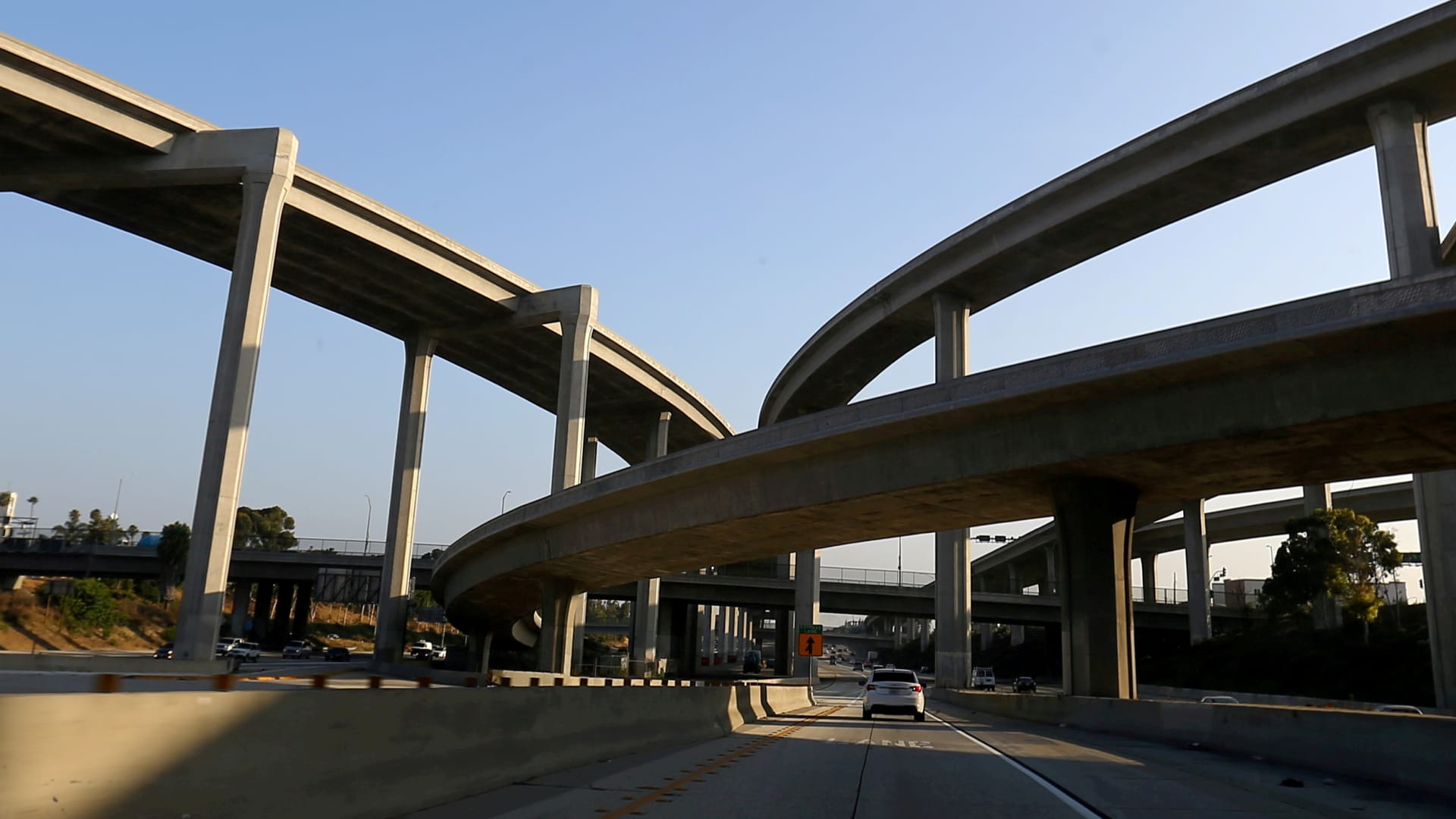California Gov. Gavin Newsom on Saturday gave the greenlight for the state’s transportation and energy officials to figure out how to install solar panels, battery storage and other renewable energy sites along highways.
The bill, named SB 49, commissions California’s Department of Transportation to establish clear guidelines for companies and public agencies to develop highway-side renewable energy.
SB 49 gives the department until the end of 2025 to collaborate with the state’s utilities and energy agencies to “evaluate the suitability” of the empty land along the state’s highways for renewable energy production and storage sites.
According to the state’s Department of Transportation, California has 250 state highways containing more than 15,000 miles of road.
The empty land alongside those roads could be used to generate one gigawatt of potential solar energy, which could power over 270,000 California homes, according to a joint report from Environment California, a nonprofit backer of SB 49, and highway solar advocate The Ray.
The bill will also require the interagency analysis to assess inhibiting factors like existing laws or safety issues, along with helping “establish a process for entities interested in leasing” the highway’s land for renewable energy development.
State legislators passed SB 49 in September and had since been awaiting the governor’s signature.
State Sen. Josh Becker, the original author of the bill, called it a “win-win-win.” SB 49, he said in a statement, will help California develop more renewable energy, all while creating new green jobs and extra state revenue.
California would join several other states in developing roadside renewables.
In 2008, Oregon became the first state to develop a solar highway project, which now has nearly 600 solar panels. Since then, 36 states and 15 countries have contacted Oregon to explore creating similar programs, according to the state’s website.
Using empty space along highways to install clean energy sites would help alleviate pressure on the state’s deserts where many solar panels are currently housed.
SB 49 was among a flurry of climate bills that received Gov. Newsom’s signature over the weekend, including two high-profile corporate disclosure bills that, starting in 2026, will require companies to annually report their carbon emissions and the financial impact of climate change on their business.
